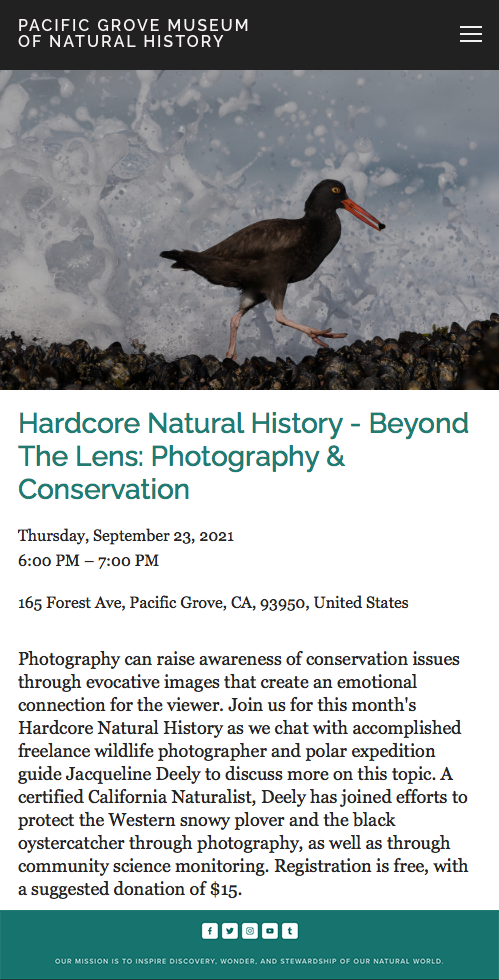Something new and different for me this year was joining
Abercrombie & Kent as a photo coach on their luxury small ship cruises. Rather than photographing wildlife in remote locations, I was challenged with cities, people and architecture in Italy, Croatia, Montenegro and Greece.
Funnily enough, many of the same principles apply such as lighting, composition, backgrounds and foregrounds, as well as capturing behavior. Just like birds and wildlife, watching and waiting for a particular moment was an interesting exercise.
On one occasion on a very hot day in Syracuse, Sicily, I stood in the large square and noticed a couple of kittens lying around in the shade. My plan was to photograph them when unexpectedly a father carrying a toddler put her down and she made a beeline for one of the kittens. For a very brief moment, the kitten looked right into the child's eyes before the father scooped her back up into his arms. It was something I quickly managed to capture and a lesson in being both observant and prepared. Photographing unknown children is not something I would normally attempt to do, certainly not without permission, but I felt this was okay as the child's face is not seen. We do not know who this little girl is and I like that. I also think whomever the parent of the child is would probably love to have the photo, but we will never know. It is a sweet encounter frozen in time and one of my favorite images from the entire trip.
Walking through busy streets full of late summertime tourists, I also tried to seek out things that might not necessarily make it quite so obvious as to where we were or filled with throngs of people, but caught my eye for one reason or another. It could be an architectural detail or in Venice for example, where I noticed this pair of beautiful brass sea horses that adorned a gondola. I lowered my point of view and took a side on shot with my 70-200mm lens, set against the dark background. I think it worked out well.

When it did come to photographing street scenes, I looked for areas less trafficked such as alleyways, as was the case in this next photo in Naples. I noticed the gentleman heading towards me carrying a large box on his shoulder and was drawn to the grunginess and textures in the scene, along with the pop of color in the blue flags and red pipes. I used my 70-200mm lens from a distance with the gentleman going about his business completely unaware. To me it conveys just how Naples felt, not pristine clean and perfect, but a city full of character and well lived in. I loved it!
Again in Naples I made use of the 70-200mm telephoto and how it compresses a scene, particularly as we walked along the famous "Christmas Alley" and beyond, jammed with visitors. I focused mid scene into the distance and was able to convey the density of people along this narrow street.
Traveling with a camera in hand offers so many creative options. Being more observant and thinking outside the box can lead you to interesting scenes and images such as these. More to follow in my next posting!
























